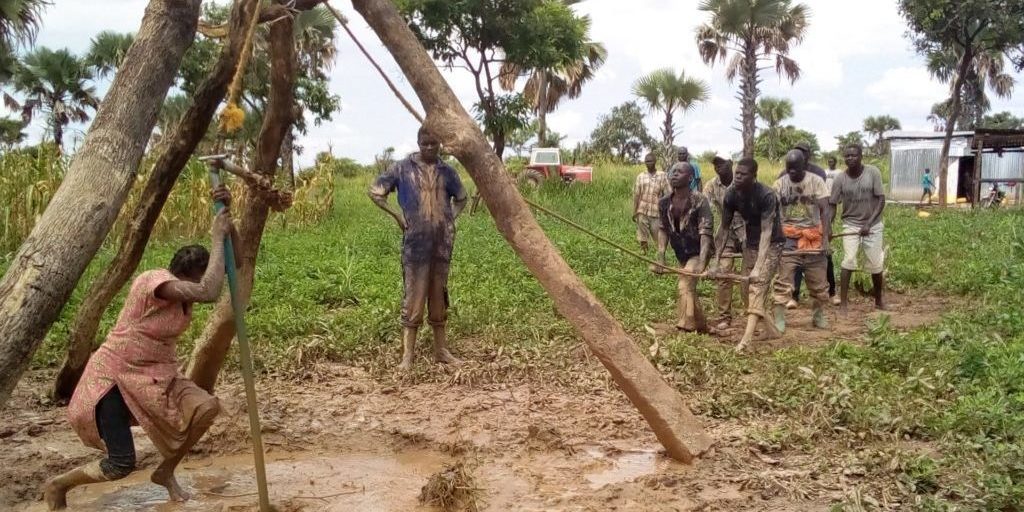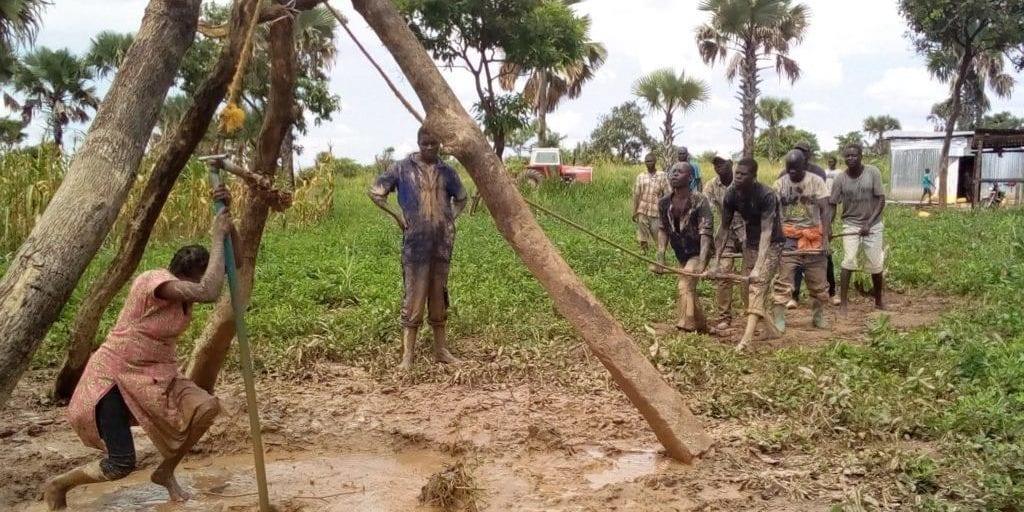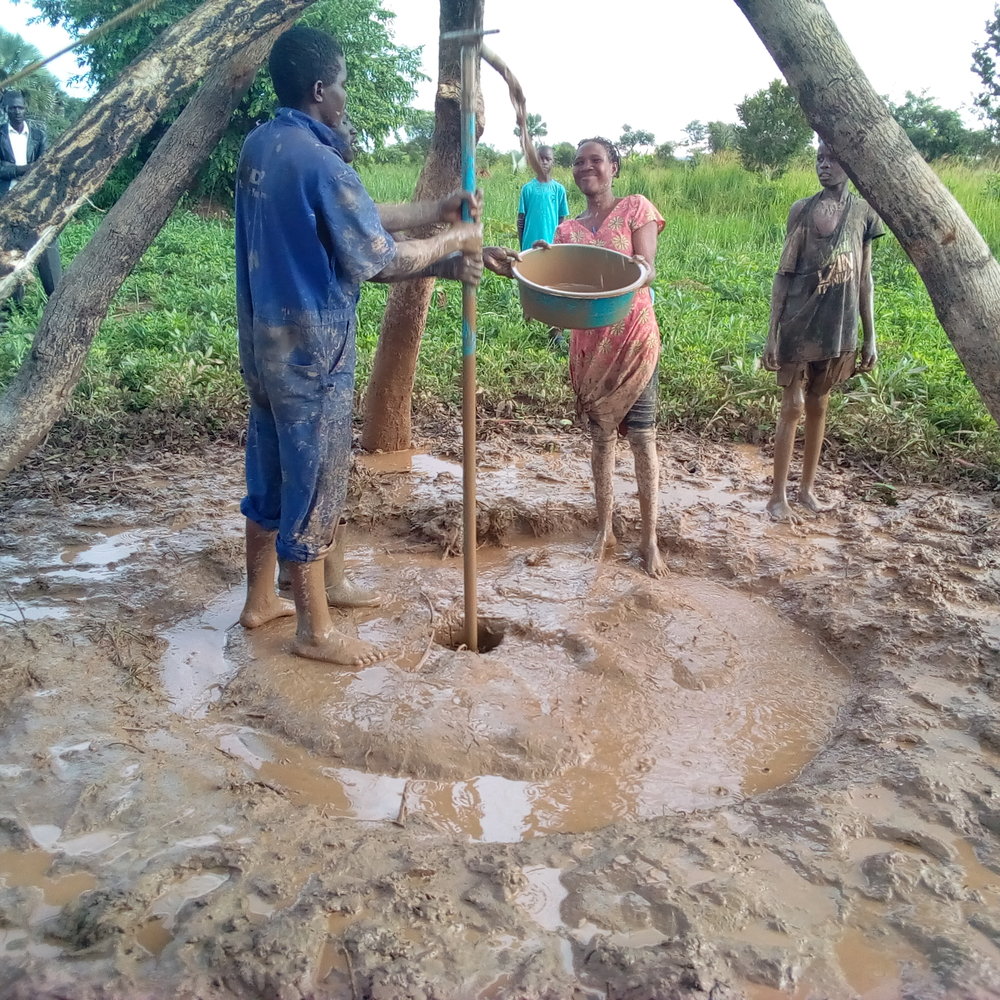In recognition of World Water Week and this year’s theme of “water, ecosystems, and human development”, we wanted to share a few updates from the Gulu project featured on our website.

Before we even got the pump working, people were already coming from everywhere. From kilometres away with jerry cans to get water. Once we got it working, what was really remarkable was animals were coming too – from as far as the eye could see. There was no other source of water. No puddles, no lakes, no creeks, no rivers; they must’ve felt the vibration of the pump working and knew that it led to water. That was a very desperate situation.
Paul Bauman, Technical Director, Advisian
Franklin Koch, Integration Lead and geophysicist from Seequent, joined the geophysics team from Advisian last January. He shared his thoughts throughout in a series of journal entries.
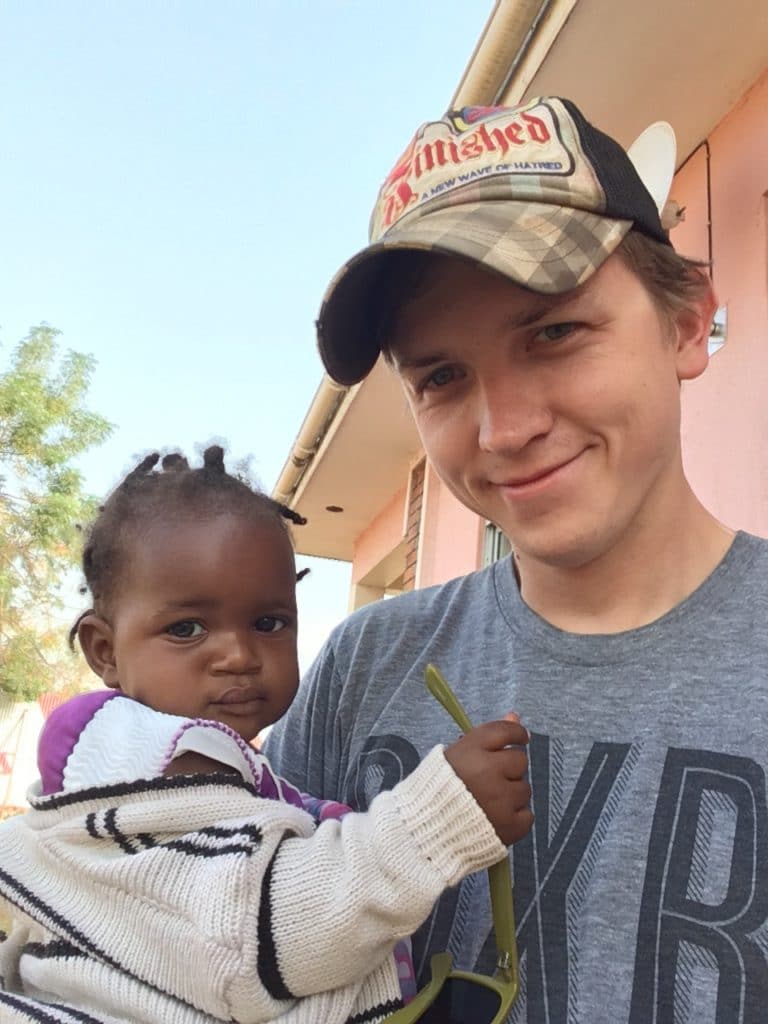
Franklin joined the Advisian team to run a two week water management program for the local Acholi people in the Gulu district of Uganda. Led by Advisian’s Technical Director Paul Bauman, their goal was to repair existing water wells, conduct geophysical surveys to find spots for new wells – and perhaps most importantly, pass all this knowledge along to the local students in the program. The project was organised in conjunction with IsraAID, and the main sponsor was Geoscientists Without Borders.
The Acholi students planned to drill seven water wells after the Canadian team left Uganda, so we checked in with Paul to see how they did.
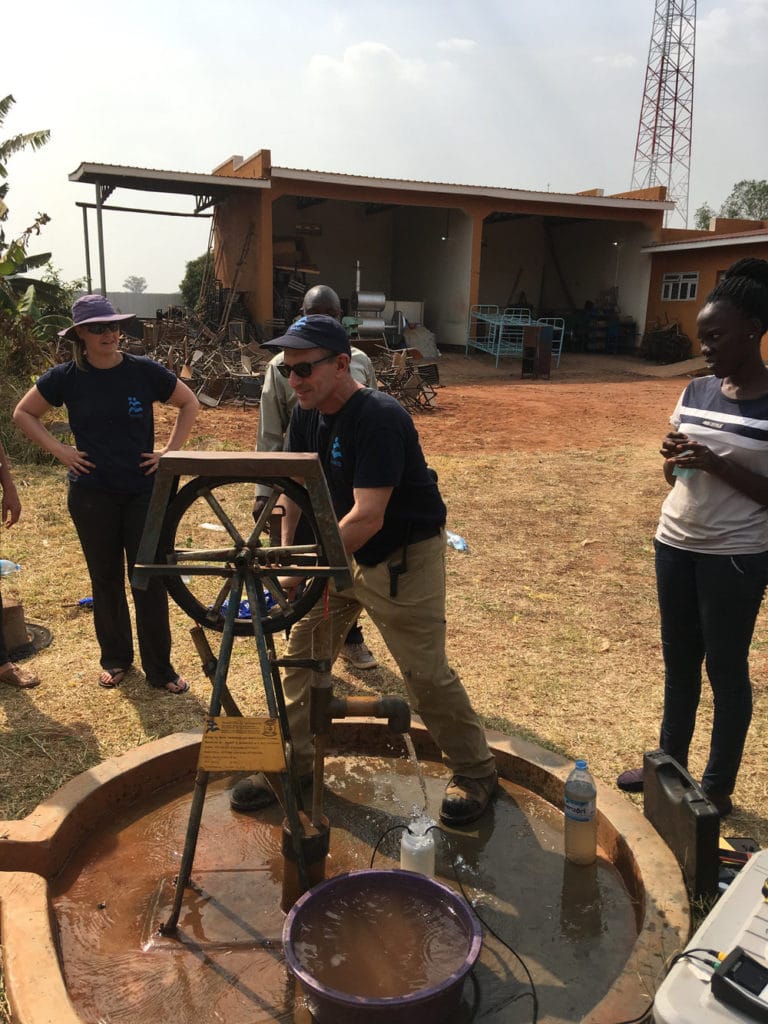
“They’ve been able to drill all seven wells,” Paul said. “And all seven have produced good water.”
Although the student’s drilling operations were delayed by the rainy season, malaria, and lack of materials, they were still able to finish all the wells. Moreover, all of the wells are now providing water to the local communities.
Paul continued, “One of the wells isn’t re-charging as quickly as we’d hoped, but we thought it may be a difficult one anyways. It’s in one of the more northerly locations that gets less rainfall, where the water table is deeper. Even though it’s not optimal, it’s the best we could do. So, six spectacular successes and one marginal success.”
The students drilled all seven wells using manual methods, meaning they didn’t use any engines, pumps, or electricity. It’s a physically intensive process, as they must move a heavy wooden tripod to dig the well, sometimes up to 35 metres deep.
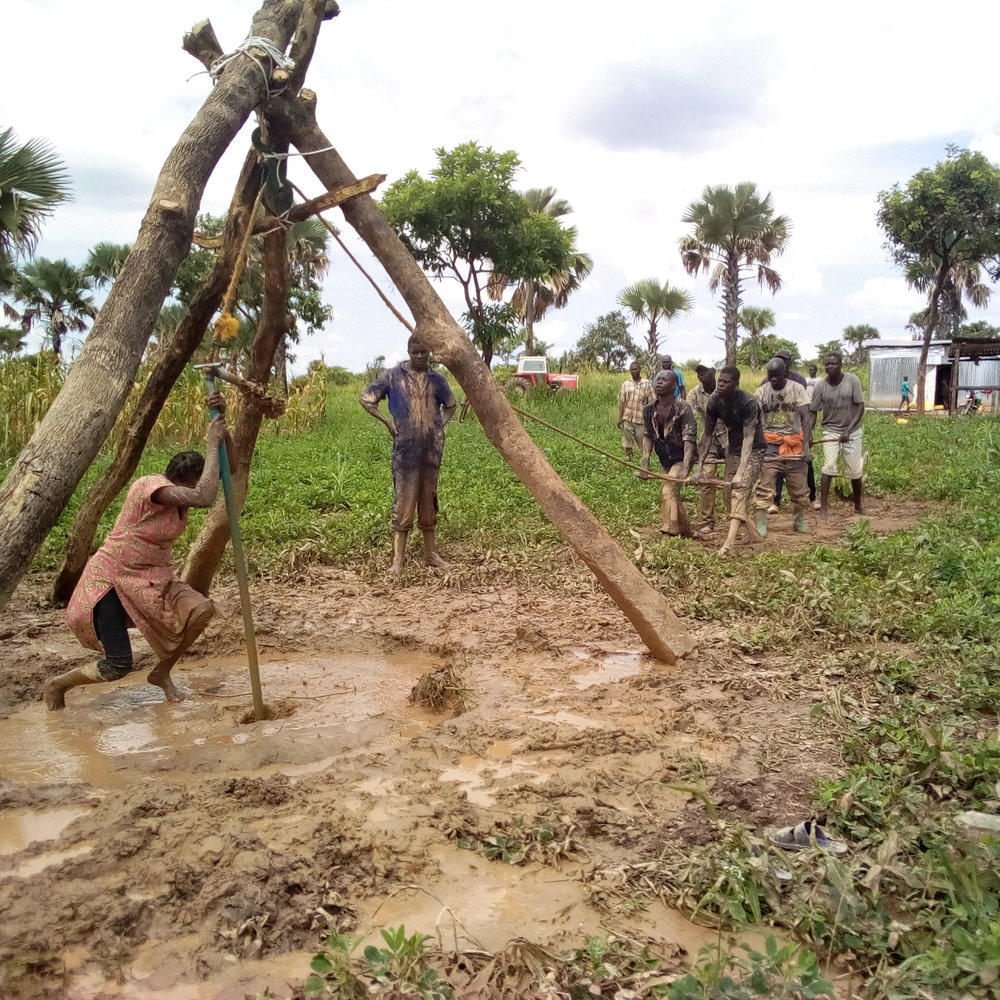
While the Canadian team was there, they also repaired 12 wells. Of those targeted, they were able to repair 11, and today all of the repaired wells are still producing water for the communities. This includes one by a family planning and medical centre and another close to the South Sudan border, where water is quite scarce. For Paul, the latter was one of the most satisfying moments during their two week program.
“I don’t know how people were surviving there. It was a desert and people were walking kilometres and kilometres to get water,” he said. “Before we even got the pump working, people were already coming from everywhere; from kilometres away with jerry cans to get water. Once we got it working, what was really remarkable was animals were coming too – from as far as the eye could see. There was no other source of water. No puddles, no lakes, no creeks, no rivers; they must’ve felt the vibration of the pump and knew that it led to water. That was a very desperate situation.”
For Franklin, one of the days he found most inspiring was one spent with an all-female team on pump repair.
“This was advocated for by IsraAID, the NGO we are working with – they do a lot of work to promote women’s rights and equality.” Franklin said. “Usually well repair is seen as a “man’s job” around here since it involves tools and heavy lifting. But as you may guess, the well repair was not just completed satisfactorily, but also faster than any of the previous days.”
But perhaps the most satisfying thing of all was that after the two week program, the Acholi people are self-sufficient.
“One of the greatest successes of this project is that months after we left, the Acholi people have carried on and done all this drilling.” Paul said. “And not just drilling, but also documenting the wells, well construction and geology in a very organised fashion… And now they’re forming their own companies and drilling and repairing wells, which will spread this knowledge and access to water among local villages, and simply provide a means for livelihood.”
They have even had a few individuals from the class go up to South Sudan to explore for water.
Paul continued, “What was accomplished here goes way beyond a simple two weeks of work that we did as Canadians working with the Acholi people.”
